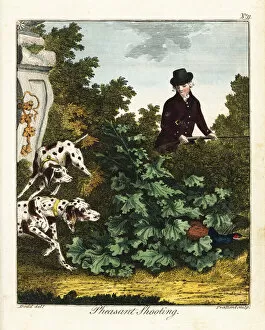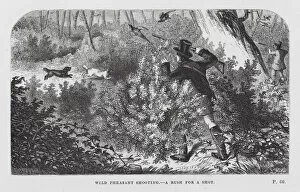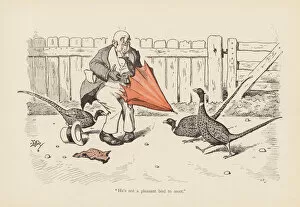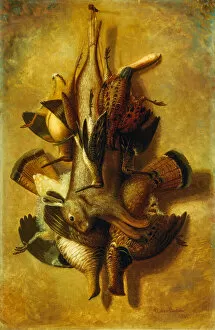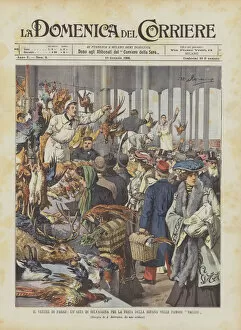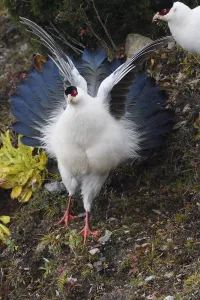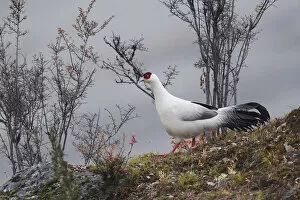Crossoptilon Crossoptilon Collection
The Crossoptilon crossoptilon, commonly known as the White Eared Pheasant
All Professionally Made to Order for Quick Shipping
The Crossoptilon crossoptilon, commonly known as the White Eared Pheasant, is a magnificent bird that has captured the attention of artists and enthusiasts throughout history. Its beauty and grace have been immortalized in various forms of art, from engravings to oil paintings. In the 18th century, pheasant shooting was a popular activity among nobles, and it served as inspiration for many artworks. A colour litho titled "Pheasant Shooting" showcases the vibrant colors of these birds against a picturesque backdrop. Another engraving from 1792 captures the essence of this traditional sport with intricate details. Even in religious depictions like "The Animals Entering Noah's Ark, " painted between 1639-64 on panel, we can spot the elegant presence of the White Eared Pheasant amidst other creatures seeking refuge. Les faisanderies is an engraving that highlights not only their physical attributes but also their significance in hunting culture. Similarly, "Wild Pheasant Shooting: A Rush for a Shot" portrays hunters eagerly pursuing these prized game birds. Artists have also used engravings to educate people about different species. In Le Vocabulaire Illustre series, one can find detailed illustrations showcasing various aspects of pheasants' lives. "The Days Bag, " an oil painting from 1883, celebrates successful hunts where pheasants were proudly displayed as trophies. Meanwhile, "Hanging Game" depicts freshly caught birds suspended by their feet—a testament to man's prowess over nature. In ALPHABET OF GROTESQUES illustrations from around 1890s featuring pheasants under letters E, F, G, H show how they became part of everyday visual language during that era. Whether admired for their plumage or pursued for sport or sustenance throughout history—these captivating creatures continue to captivate our imagination through art and remind us of the intricate relationship between humans and nature.

